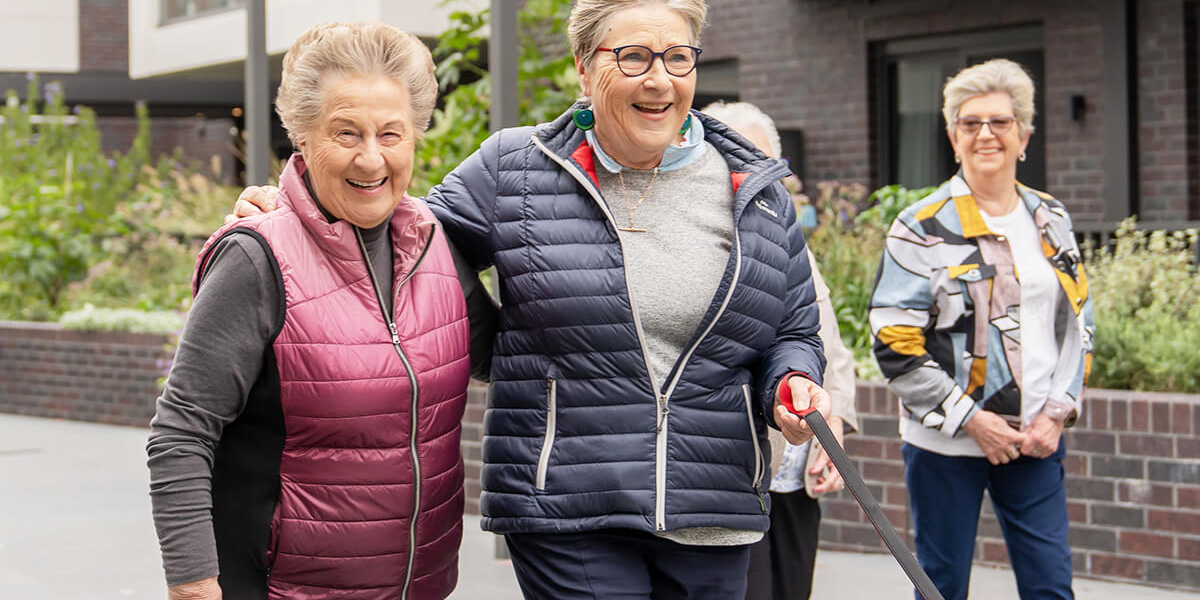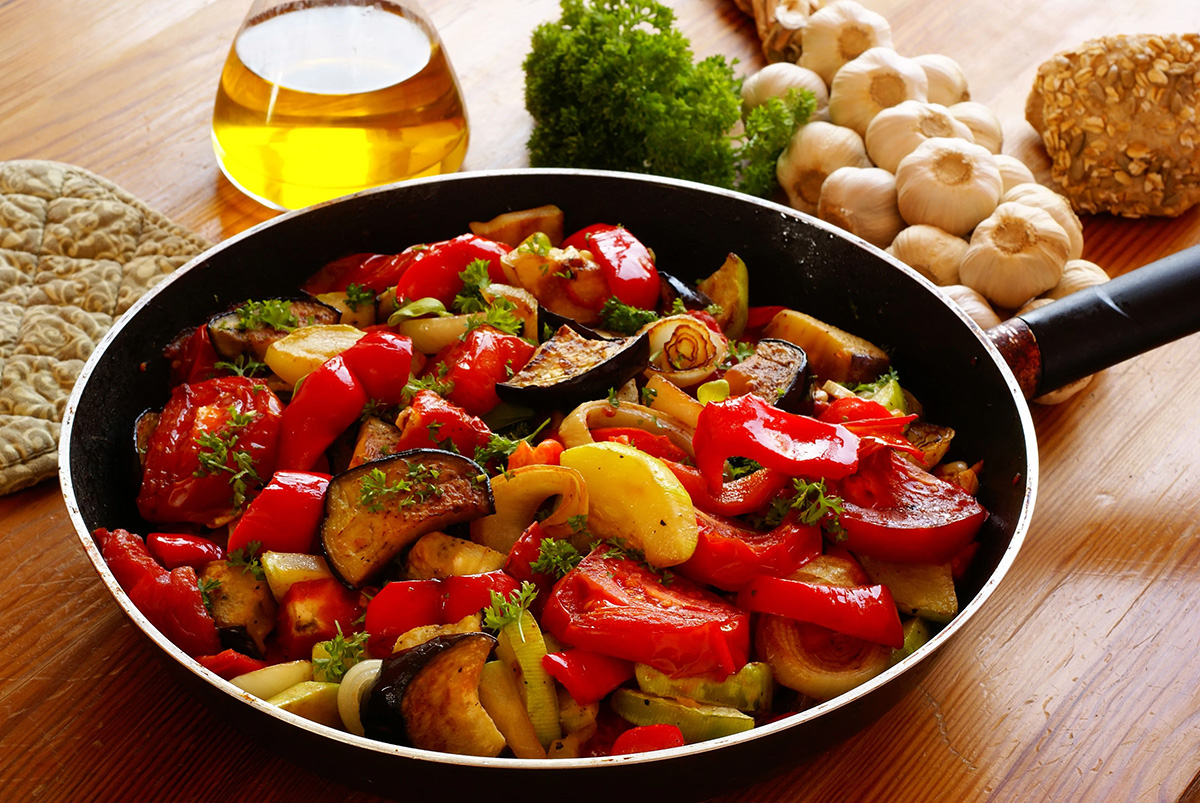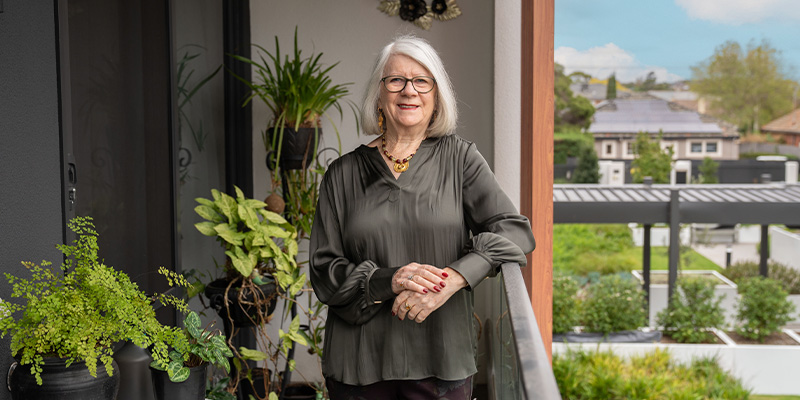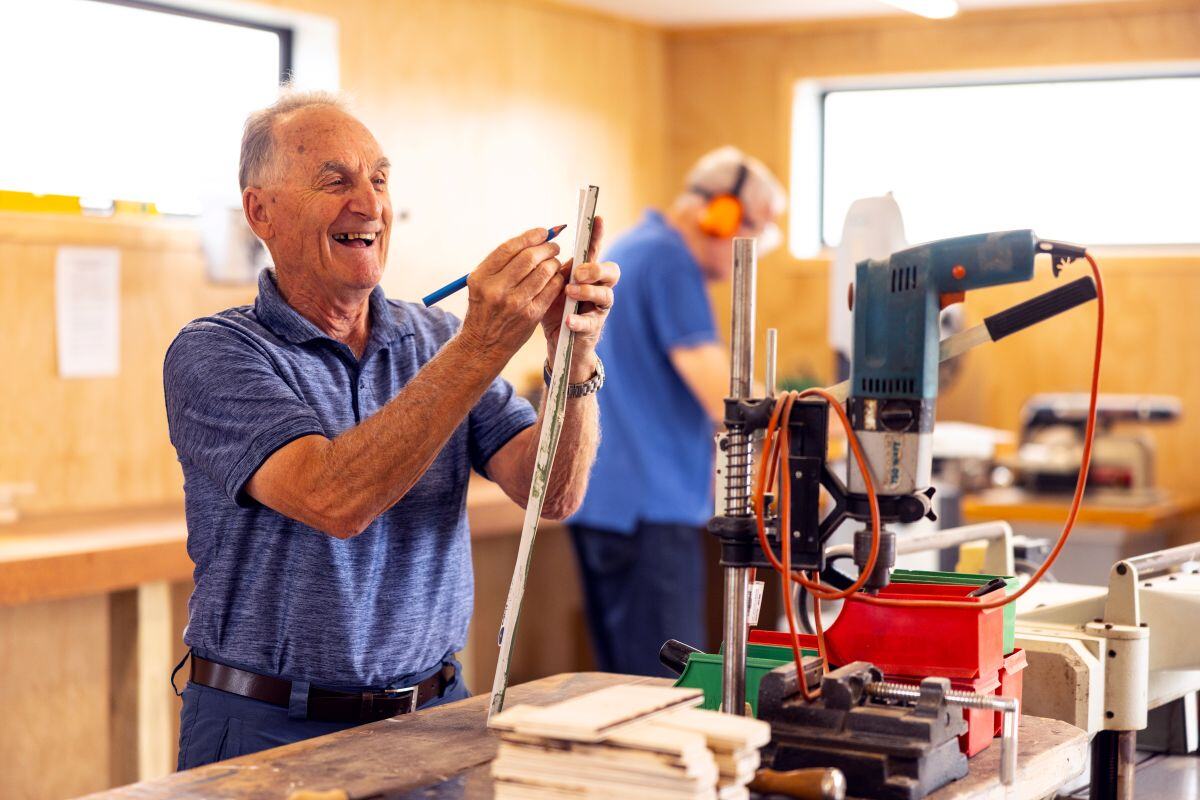Creamy, crunchy, irresistible broccoli salad


Jun 30, 2025
1
min read
Happy Hour friends set sail on cruise adventure


Jun 16, 2025
3
min read
Anxiety in older adults


Jun 12, 2025
5
min read
How to stop post-retirement depression


Jun 5, 2025
7
min read
Top tips for winter wellness


May 26, 2025
2
min read
Robyn really rates her ratatouille recipe


May 23, 2025
1
min read
Sleep and insomnia in older adults


May 20, 2025
6
min read
Kate's top 5 plants for apartment living


May 20, 2025
2
min read
Workshop friendship blooms through ANZAC poppy project


Apr 16, 2025
3
min read


.jpg?width=1200&height=796&name=BNE%20-%20Residents%20-%20Sept24%20--02%20(1).jpg)


